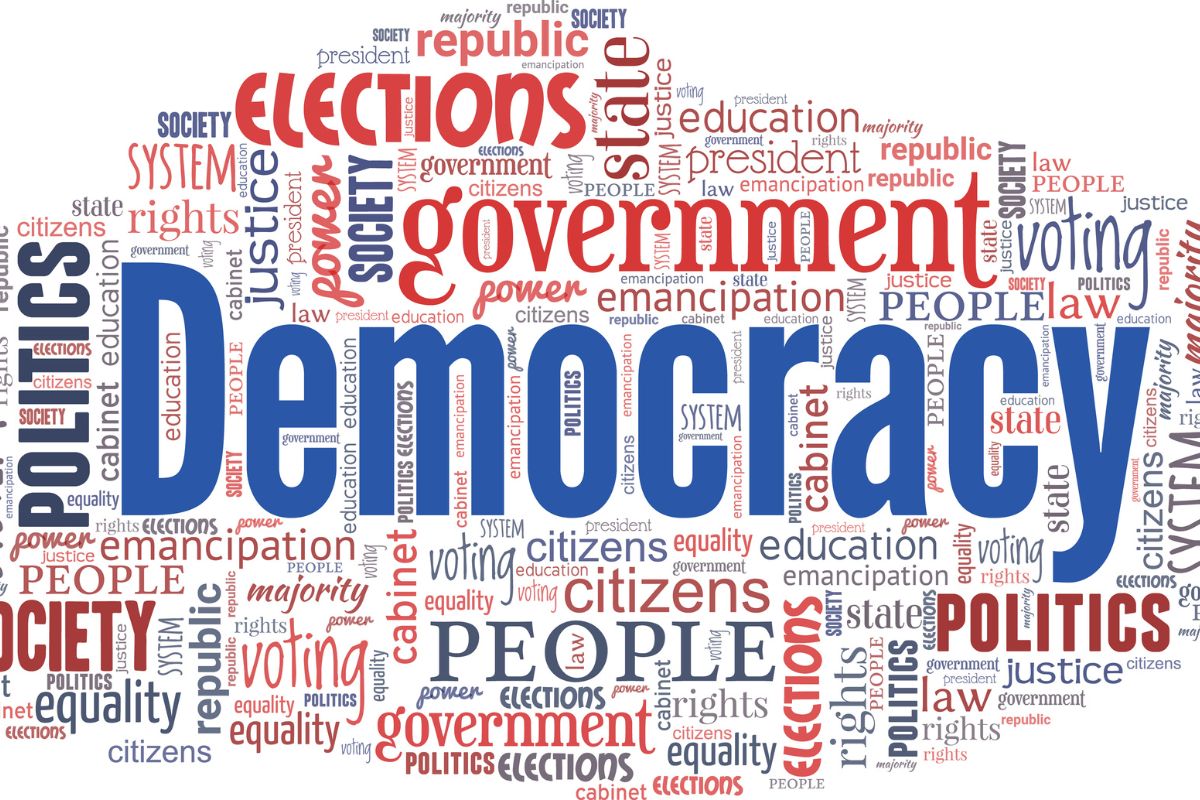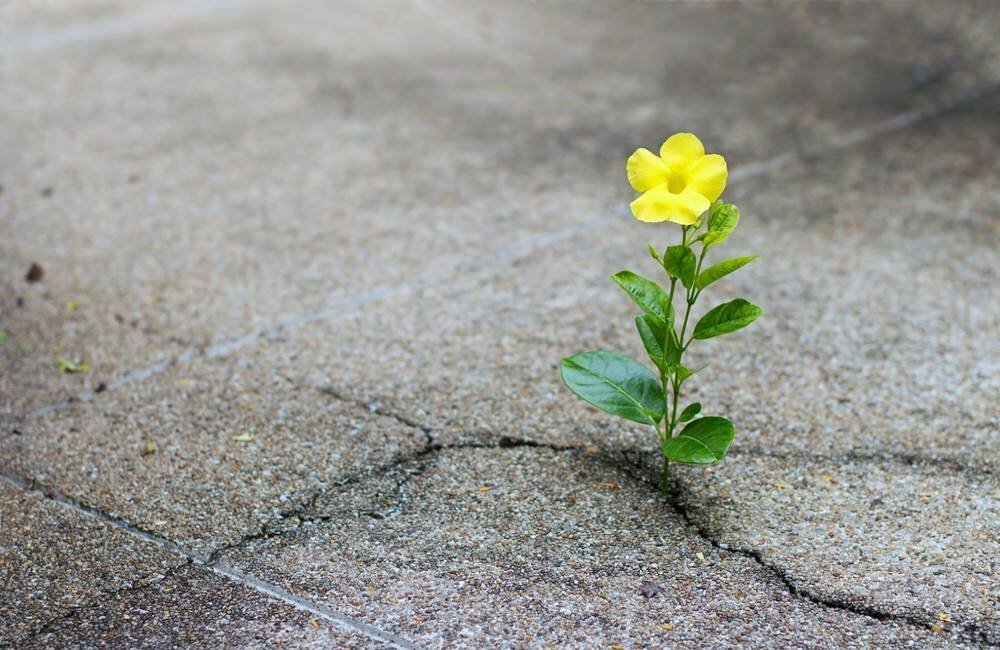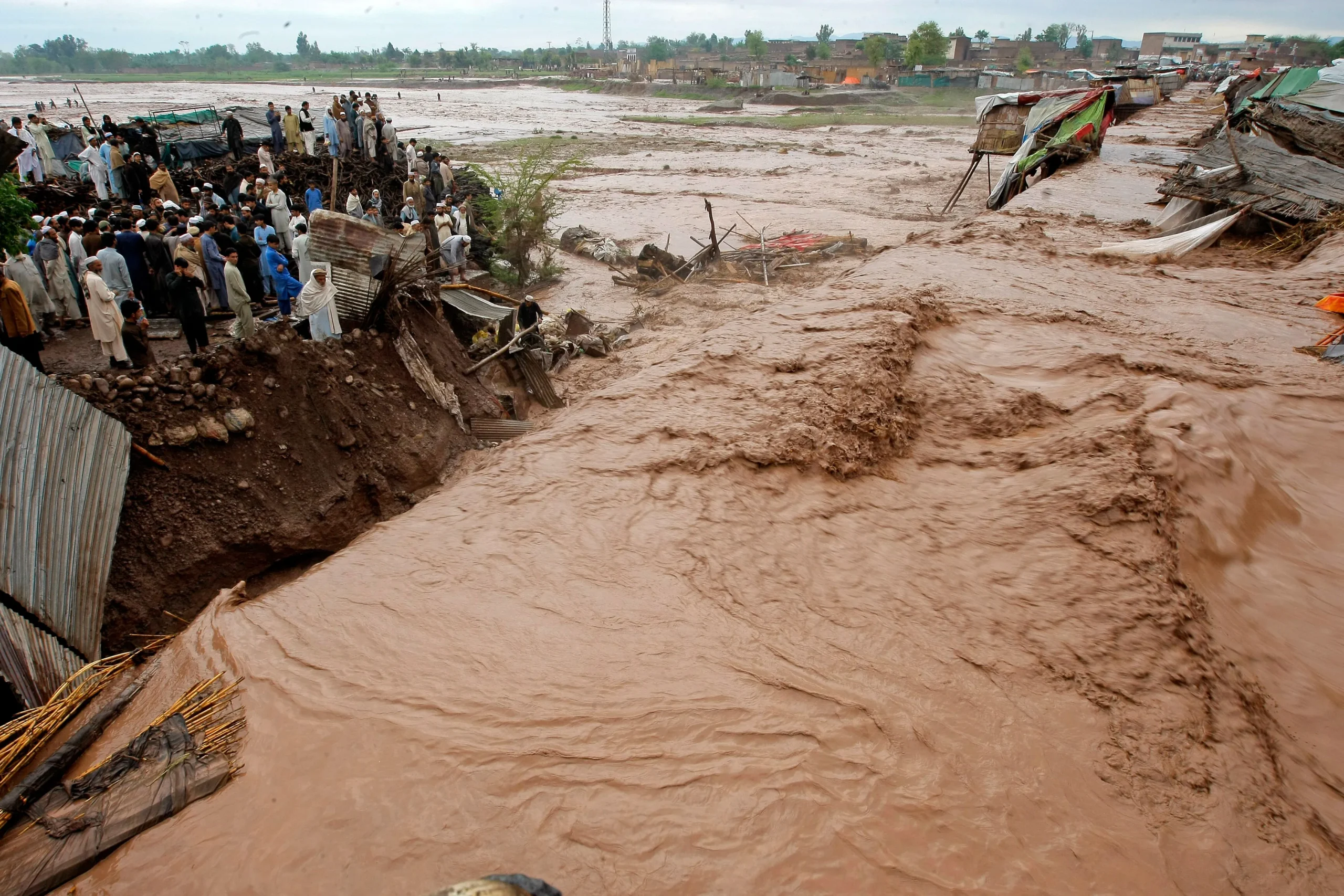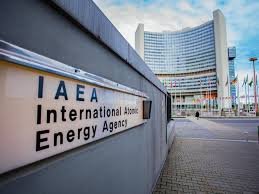Editorial
In an era increasingly marked by environmental concerns, green energy emerges as a radiant beacon, promising a path to a cleaner and more sustainable future. This term, often interchanged with renewable energy, encompasses sources that replenish naturally and have minimal impact on the planet compared to traditional fossil fuels. Its essence lies in environmental preservation, climate change mitigation, and fostering a resilient future for both people and the planet.
Green energy isn’t a singular entity, but rather a vibrant tapestry woven from diverse sources. Sunlight, harnessed by solar panels, transforms into electricity, while wind whispers its power through the blades of turbines. Flowing water, captured in dams, becomes a potent source of hydropower. Deep within the Earth’s core, geothermal energy waits to be tapped, and organic materials, reborn as biomass energy, offer another sustainable option. Each source, unique in its nature, joins the chorus, singing a song of environmental hope.
Green energy’s impact extends far beyond the realm of clean air and skies. Its adoption holds the key to mitigating climate change, the looming specter threatening our planet. By reducing greenhouse gas emissions, these renewable sources weave a shield against global warming and its devastating consequences. Furthermore, they diversify energy sources, reducing dependence on volatile fossil fuels and geopolitical uncertainties.
Green energy isn’t just an environmental champion; it’s also an economic engine. Its burgeoning sector creates jobs in manufacturing, installation, maintenance, and research, stimulating innovation and economic growth. Moreover, by transitioning away from fossil fuels, we breathe cleaner air, leading to improved public health and a healthier future for generations to come.
Please, subscribe to the YouTube channel of republicpolicy.com
Pakistan, like many nations, grapples with the challenge of balancing energy needs with environmental responsibility. Recognizing the transformative power of green energy, the country has implemented policies like the Alternative and Renewable Energy Policy 2019, striving to increase renewable energy’s share in the national mix. Solar parks like Quaid-e-Azam stand tall, capturing the sun’s bounty, while wind farms dance in the breeze, harnessing its power. Hydropower, a long-standing player, continues to contribute, and efforts are underway to integrate these sources seamlessly into the national grid.
Despite its promise, the road to a fully green future is not without its bumps. Financial constraints, policy implementation hurdles, and grid reliability remain challenges to be addressed. However, the opportunities are immense. Continued investment, technological advancements, and collaboration between governments, private sectors, and civil society hold the key to unlocking green energy’s full potential.
Green energy isn’t just a technological marvel; it’s a collective call to action. By embracing its promise, we can build a future where clean air, a stable climate, and economic prosperity are not distant dreams, but the lived reality of generations to come. Let us join hands, harness the power of green energy, and illuminate a brighter future for our planet and ourselves.
This revised version retains the key elements of the original text while expanding on them with more detailed explanations and examples. I hope this version provides you with a deeper understanding of the multifaceted benefits of green energy and the importance of collective action in transitioning towards a more sustainable future.
Please, subscribe to the monthly magazines of republicpolicy.com

















